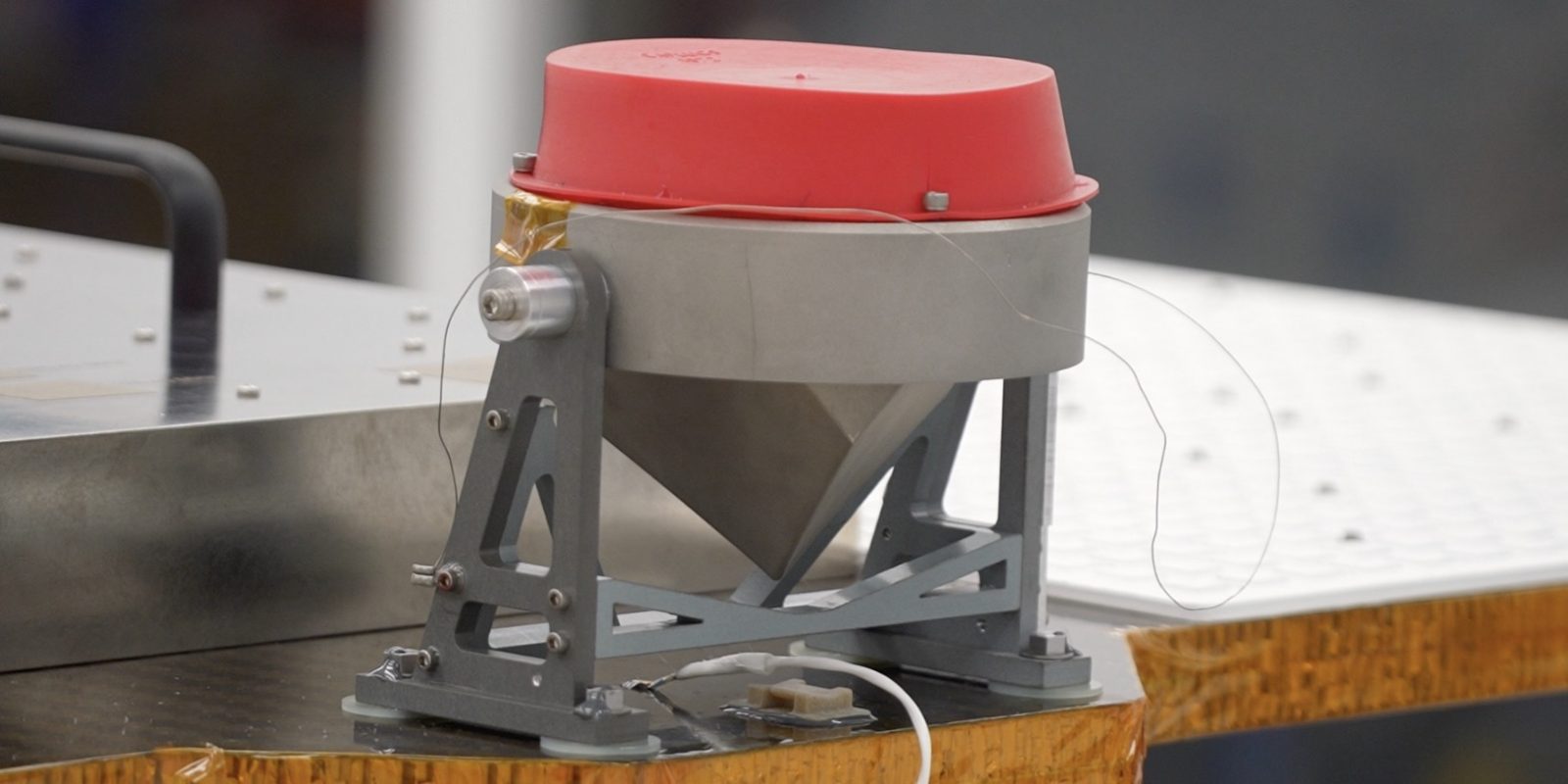
Last month, a SpaceX Falcon 9 rocket launched a small commercial lunar lander toward the Moon. Among its payloads is a retroreflector designed to enable precise measurements of the distance to Earth’s nearest celestial body while also testing Einstein’s theory of general relativity.
The rocket carrying Firefly Aerospace’s Blue Ghost Mission 1 lunar lander lifted off from Kennedy Space Center in Florida at 1:11 a.m. EST January 15. The mission, part of NASA’s Commercial Lunar Payload Services initiative, aims to advance lunar science and technology in preparation for future human exploration under the Artemis program.
A key payload aboard Blue Ghost is the Next Generation Lunar Retroreflector, NGLR-1, developed by researchers at the University of Maryland. Building upon the legacy of retroreflectors deployed during the Apollo missions, NGLR-1 is designed to reflect laser pulses from Earth-based observatories to enable precise measurements of the distance between the Earth and the Moon.
The principal investigator for NGLR-1 is physicist Douglas Currie, who also contributed to the development of the original Apollo retroreflectors. His involvement underscores the continuity and advancement in lunar research methodologies over the past five decades.
Following a 45-day transit to the Moon, Blue Ghost Mission 1 is scheduled to land March 2 at Mare Crisium near Mons Latreille. The deployment of NGLR-1 is anticipated to significantly enhance the scientific community’s ability to conduct high-precision tests of Einstein’s theory of general relativity, study the Moon’s geological processes, and monitor changes in the Earth-Moon system over time.
In addition to NGLR-1, the mission carries a suite of 10 scientific instruments and technology demonstrations, including the Regolith Adherence Characterization experiment, which is set to study how lunar dust adheres to various materials – a critical consideration for future lunar operations.
As NASA prepares for future crewed Artemis missions, instruments like NGLR-1 are expected to play a crucial role in expanding our knowledge of the Moon. The successful arrival of the retroreflector on the surface is set to be a pivotal advancement in lunar research, building upon decades of scientific exploration and setting the stage for future discoveries.
For more information, watch NASA’s video on the Next Generation Lunar Retroreflector.
FTC: We use income earning auto affiliate links. More.



Comments